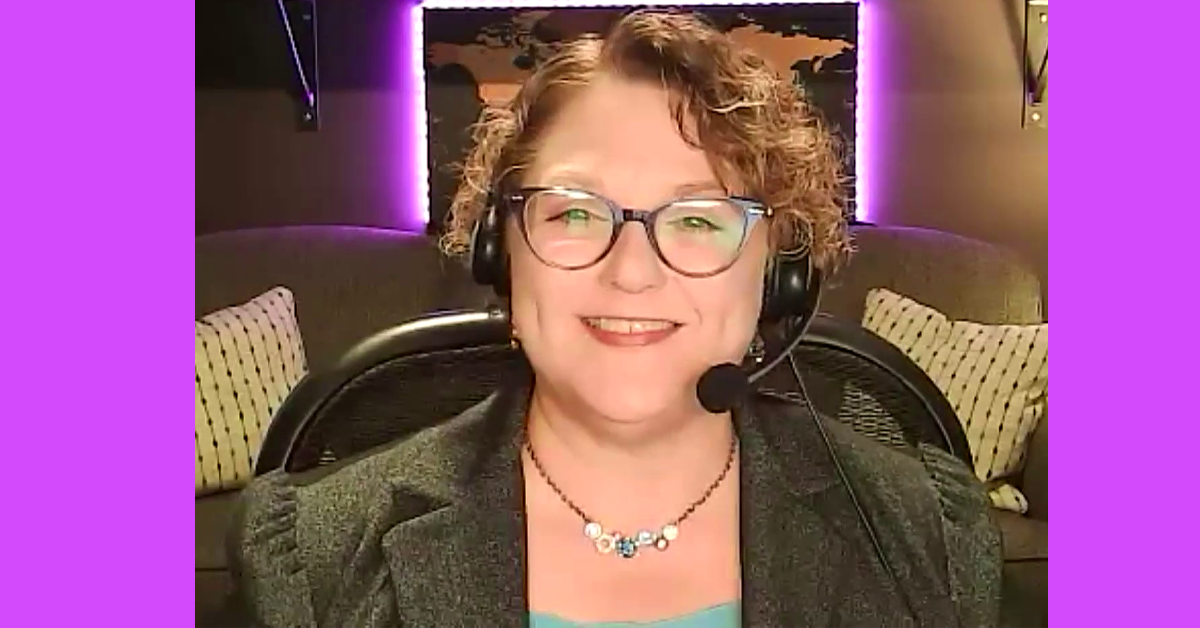Guest: Amy Koenig, a financial advisor coach and the Chief of Operations at ROL Advisor.
In a Nutshell: Amy Koenig was the first coach I hired back in 2004 when I was running Peak Advisor Alliance-now Carson Coaching. She coached advisors, operations leaders, and she developed the entire systems manual that was a key part of our coaching offering back in the Peak days.
Now, Amy coaches with me and heads up operations for my other company, ROL Advisor. Nobody knows systems like Amy.
On today’s show, Amy and I discuss how financial advisors can integrate systems into their practices, from identifying a strategy to some practical nuts-and-bolts checklists and tech solutions that will put that strategy into action.
Amy Koenig and I discuss:
- Creating a system that supports what your firm does best and what you want to accomplish.
- Lessons from Robert Fritz on systems thinking.
- Systemizing the predictable to humanize the unpredictable.
- Using technology to accelerate your processes.
- Amy’s five-point Streamlined Operation Strategy and her TOAR method for Train, Observe, Assess, and Refresh strategies in action.
- Using AI to draft a new system that you can personalize for your firm.
- Checklists advisors can use to make sure they’re delivering high-touch, repeatable value to every client.
- Tips for onboarding and training new hires and incentivizing your team to stick to your systems.
- Real-world coaching examples of how Amy and I have helped advisors install systems that have improved their practices.
Quotes:
Amy Koenig on identifying your “Why?”:
“You have to have the ‘Why?’ behind putting systems in place. And there are many reasons. We want to free up the advisor’s time. The advisor often thinks I am the only one who can do this. I’m the best at that. And it’s not always the case. Certainly investment management, financial planning, some of those things definitely need to fall in the advisor’s lap, at least as you’re building your firm. But the freedom of the advisor also allows your team to have more confidence, being able to understand why I’m doing this, how it fits in the big picture. That’s part of the experience. So tying that all together. And even from a compliance purpose, having systems in place allow you to avoid things like fines. If you don’t do an RMD for a client, they can get fined. If you don’t put in place some of the systems to make sure you’re doing a client review, you could have the SEC come back on you. So there’s a lot of reasons why putting these systems in place really help you to elevate your firm.”
Amy Koenig on overcoming objections to systems:
“I do a lot of training with the team members of the advisors that I also coach, and the team members are often hesitant to put systems in place because they are fearful that’s going to replace them. And that seems like such a strange thing. No, this is going to make your life more efficient. This is going to be something that’s going to allow you to spend your time on much more interesting things instead of recreating the wheel every time. But team members think that if you put a system in place, any Jack and Mary off the street can come in and use that. And that’s not true. There’s the expertise that comes with a lot of these positions and everything can’t be written into a system. There are things that are going to come up that are unexpected. Overcoming this comes down to making sure that you’re giving positive feedback where deserved. If you’re delegating something to them or asking them to start doing this part of the system, share with them the ‘Why?’. Or why do you think this is a great fit for them in something that you’ve seen that they do that’s valuable to the firm that they excel at and why you hope that this is a step stone to maybe moving them forward in their position.”
Amy Koenig on putting systems in place more effectively:
“I actually created an acronym, S.O.S., ‘Streamlined Operations Strategy,’ to start this process. And you start with process itself. You move on to the checklist. The system, the delivery, and then ultimately you want to have the training that goes with all of that. It’s not easy to put systems in place. You have to have a team that should be able to help you with this, that are excited and eager to help make your firm more efficient and just deliver a better consistent experience to your clients so that you are indispensable to them.”
. Resources Related to This Episode
- Streamlined Operations Strategy (S.O.S.) An overview of Amy’s checklist-driven review process for systemizing your practice.
- Client Review Checklist Use this checklist to schedule, prepare, meet, and follow-up with clients.
- System Template Use this system to schedule an in-person or virtual client review.





